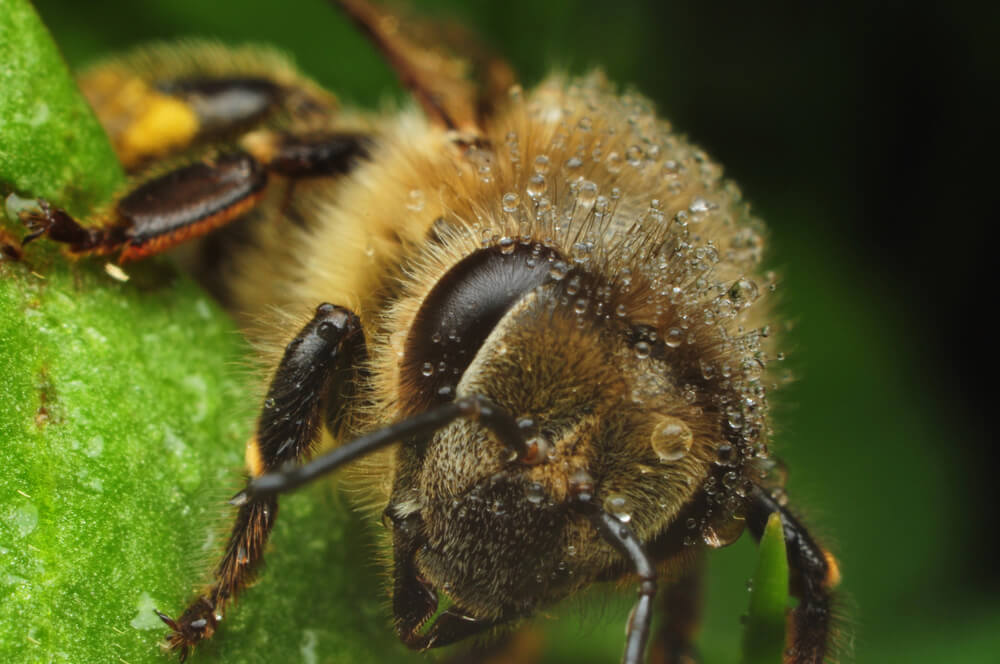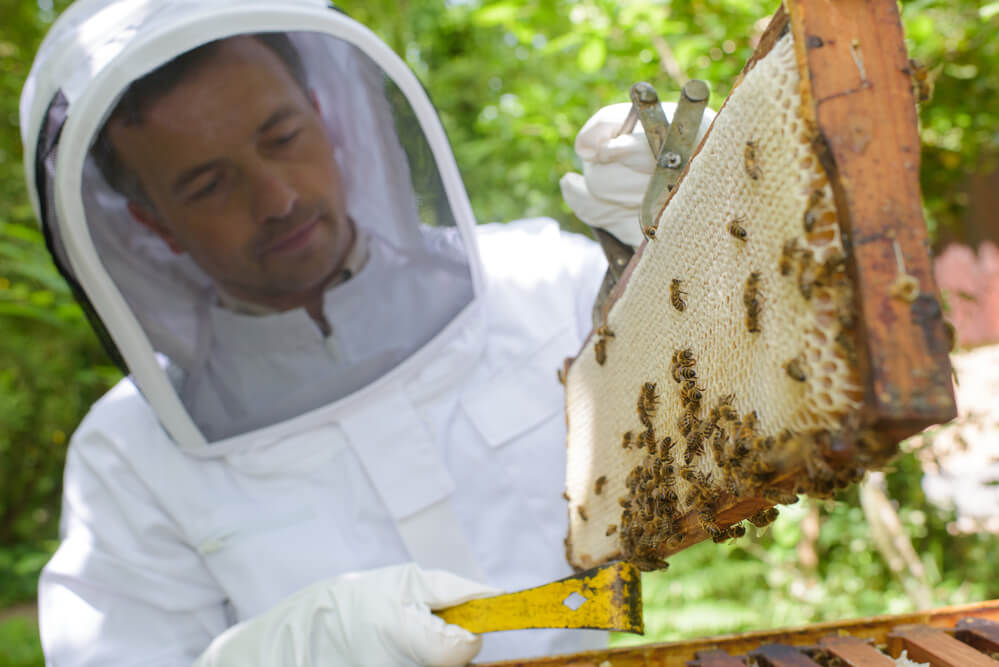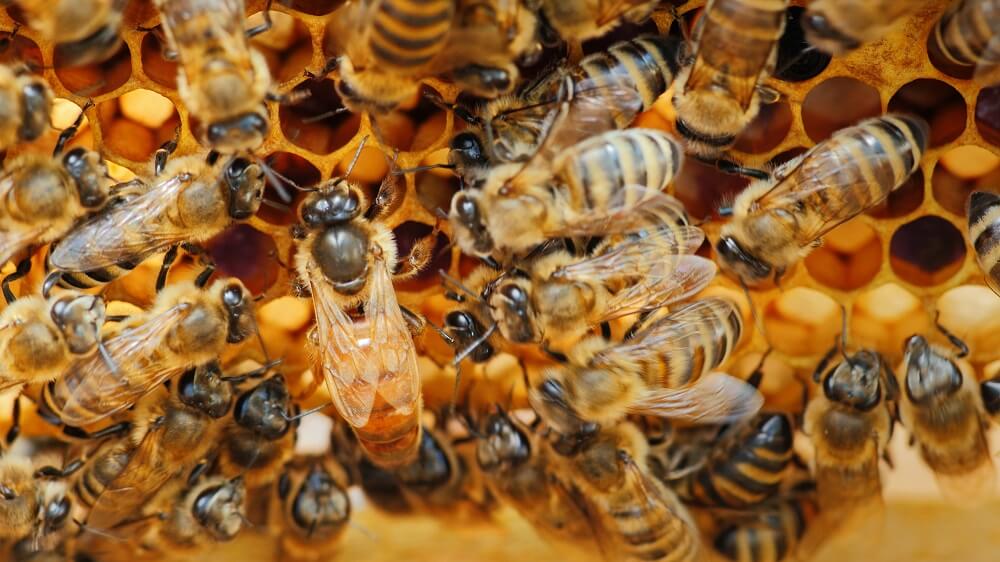Table of Contents:
What is a Bee Skep?
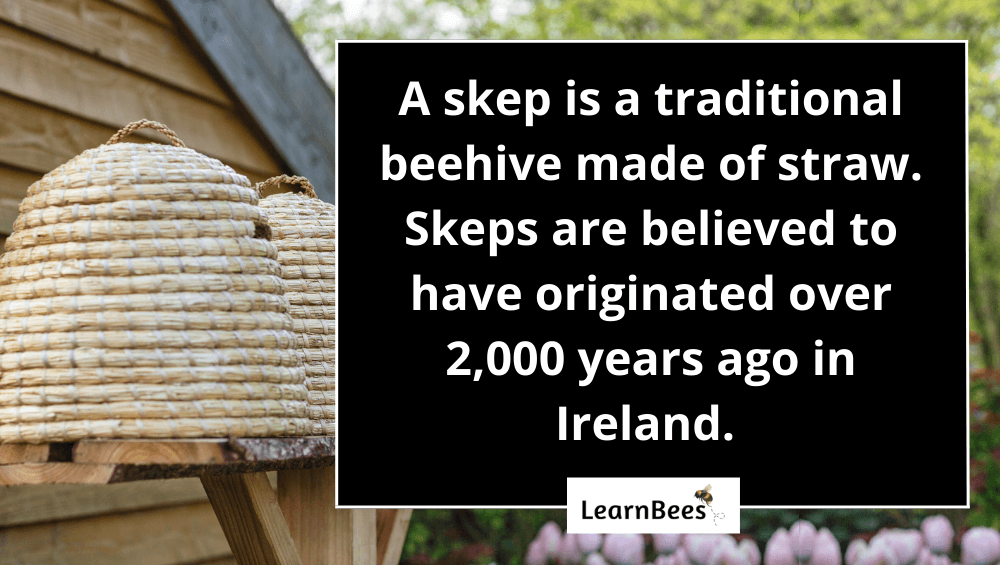
A skep is a traditional beehive made of straw.
Skeps are believed to have originated over 2,000 years ago in Ireland. They were initially made from wicker plastered with mud. After the Middle Ages, making skeps with straw became popular.
So how are skeps made, exactly?
To put it simply:
Straw is bundled together to form walls two to four inches thick. Next, the straw is tightly coiled and bound together until the shape is complete. Bees enter the skep hive through the bottom, or a designated hole cut into the straw.
But here’s the thing:
There are varying techniques used to make skep hives.
For example, in Egypt, they make skep hives out of mud, straw, and dung.
In Germany, a beekeeper named Guenther Mancke invented the ‘sun hive,’ which is a modern twist on skeps.
The sun hive involves using straw to make an egg-shaped hive. Essentially, it’s two skeps clamped together between a piece of board.
Since its creation, the sun hive has spread in popularity. The benefits of the sun hive are that they have movable ‘frames’ that can be lifted out by the beekeeper. They also allow for a feeder, a super, and varroa mite treatments.

Should You Use a Bee Skep Hive?
I won’t sugarcoat it:
There is massive debate over skep hives amongst beekeepers.
Now don’t get me wrong.
I’m not here to convince you whether you should or shouldn’t have a skep hive. As with anything else, there are pros and cons to it. That said, that won’t stop people from trying to convince you that bee skeps are either “all good” or “all bad.”
The truth, though?
It isn’t so black and white.
So let’s talk about the pros and cons of skep hives by covering both sides. Here are a few things to consider:
1. Are bee skeps legal?
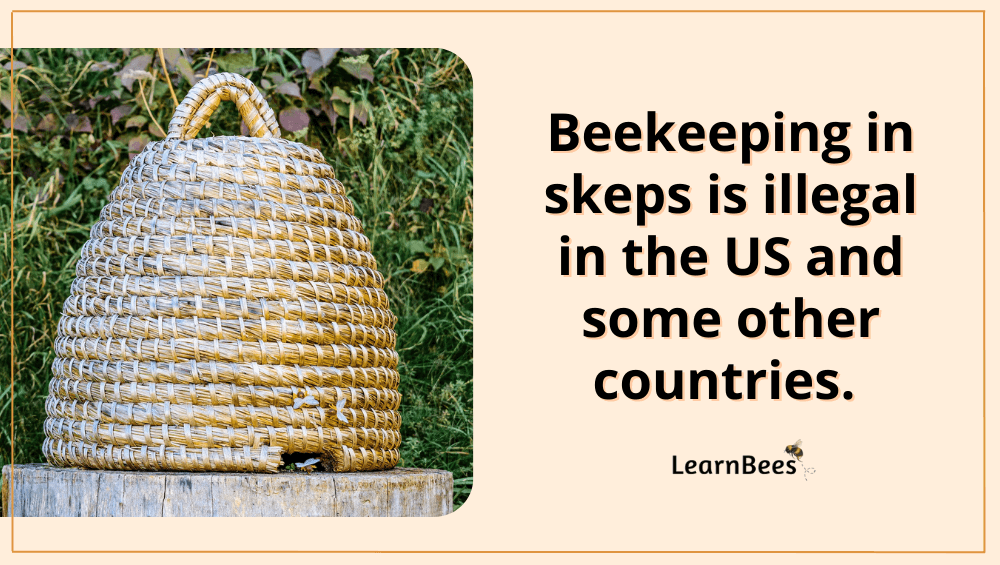
Beekeeping in skeps is illegal in the US and some other countries.
Why?
Because the law requires hives to have moveable frames for inspection. Hive inspections allow you to diagnose and prevent the spread of diseases to other hives.
And since bee skeps can’t be fully or easily inspected (either by a government inspector or the beekeeper), they’re against the law in many countries.
Does this mean the “bee police” will come knocking down your door if you use a skep hive?
Probably not.
But you should be aware of the laws in your area.
2. Do bee skeps promote natural beekeeping?

If you look at the shape of a skep hive or sun hive, you’ll notice that it closely resembles how wild honeybees build their nests. Skep users argue that this results in healthier, happier bees.
As a result, many skep users promote a more ‘natural’ approach to beekeeping.
In contrast, some beekeeping practices involve more interference with hives. This includes doing things such as:
- Harvesting honey from bees
- Feeding bees sugar water or pollen patties
- Preventing bees from swarming
- Using plastic or chemicals
The argument is that these things go against the natural ways of bees.
3. Do bee skeps spread more diseases?
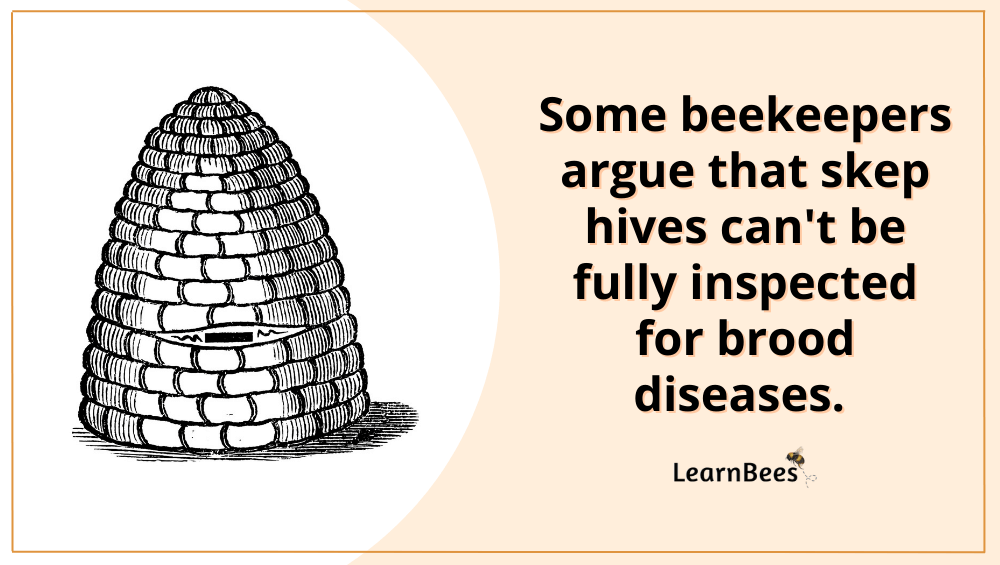
We’ve briefly touched on this earlier. But it’s worth mentioning again.
Some beekeepers argue that skep hives can’t be thoroughly inspected for brood diseases. This is because skep hives aren’t like Langstroth hives, where you can simply pull out frames and perform inspections.
As a result, some argue that diseases can go unnoticed in skep hives and spread to other hives and apiaries. And if seriously contagious diseases like American Foulbrood get spread, it can take down entire apiaries.
Granted, many skep hive users say they can perform inspections by cutting out a section of the brood comb. You have to tip the skep hive on its side and observe the comb from the bottom to do this.
It’s more work, but it can be done.
Some people also argue that skep hives shouldn’t be solely blamed for the spread of disease. Instead, illnesses spread through common beekeeping practices in general.
For example, research shows that managed hives are more prone to pests and diseases than wild hives are. In fact, the spread of disease between hives is largely due to beekeeping practices such as swapping brood or using contaminated hive tools.(1)
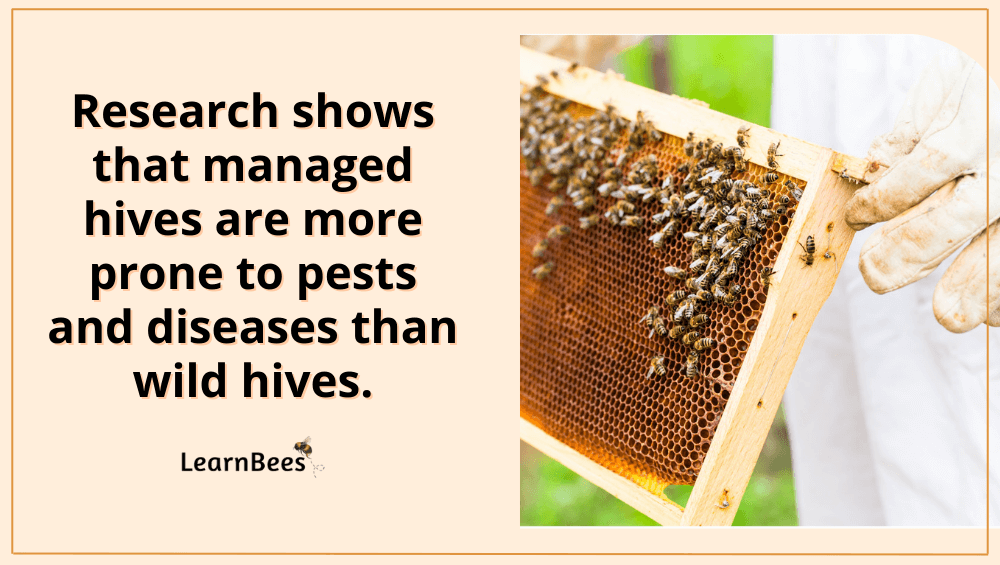
And unfortunately, this means that managed hives can pose a threat to wild hives by spreading infections to them.
Here’s a quote from the New Zealand Journal of Zoology:
“Perhaps feral colonies are at greater risk of contracting American foulbrood disease from managed colonies rather than the other way around.
This survey suggests that honey bees in their natural state may be virtually free of American foulbrood disease.”(2)
So why do wild hives tend to fare better than managed hives?
A few reasons:
- Wild colonies remain in locations they’re adapted to. This is why buying bees online or transporting them long distances is a bad idea. Shipping mated queens can force colonies to live in environments where they’re poorly suited.(3)
- Wild colonies live in a widely spaced area. On the other hand, many commercial beekeepers will place hive boxes close together. This results in increased competition over food, increased risk of robbing behavior, and the increased spread of diseases, pests, and infections.(3)
- Wild colonies are allowed to swarm. They don’t have the interference of beekeepers trying to prevent swarming. Research shows that swarming is natural and promotes colony health by helping keep Varroa mite populations at safe levels.(3)
- Wild colonies aren’t moved or disturbed like managed colonies are. Again, this helps prevent the spread of diseases. For example, beekeeping practices such as swapping brood or using contaminated hive parts can lead to fatal diseases.(3)
- Wild colonies are typically stronger and healthier. As mentioned, managed colonies swarm less due to beekeeper intervention. This greatly limits the natural selection process that’s responsible for creating strong, healthy colonies. In the wild, strong generations of honeybees are born through the natural selection process of swarming.(3)
Now here’s the thing:
This isn’t to say that beekeepers can’t manage their hives well. However, it certainly does make the case for adopting more natural beekeeping practices.
In fact, Thomas D. Seeley (who some refer to as the “bee-god”) outlines several good tips here on how beekeepers can manage their hives better.
It’s worth the read.
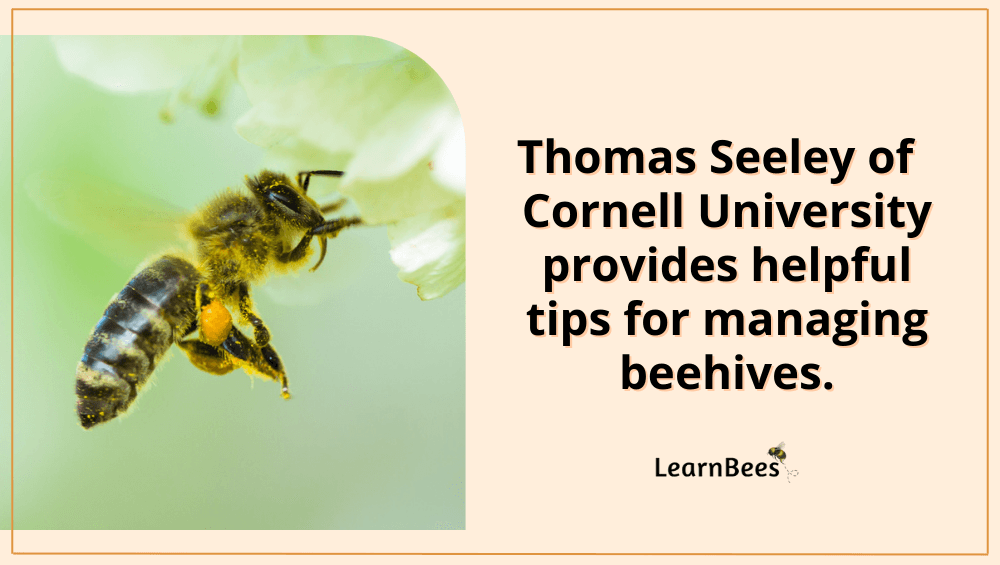
In case you don’t know:
Dr. Thomas D. Seeley is the Horace White Professor of Biology at Cornell University. He’s authored several books on honeybees, including Honeybee Democracy and The Lives of Bees.
Dr. Seeley was also the recipient of the Humboldt Prize in Biology in 2001.(4)
Thomas Seeley says, “As someone who has devoted his scientific career to investigating the marvelous inner workings of honey bee colonies, it saddens me to see how profoundly -and ever increasingly- conventional beekeeping disrupts and endangers the lives of colonies.”(3)
4. Are skep hives easy to make?
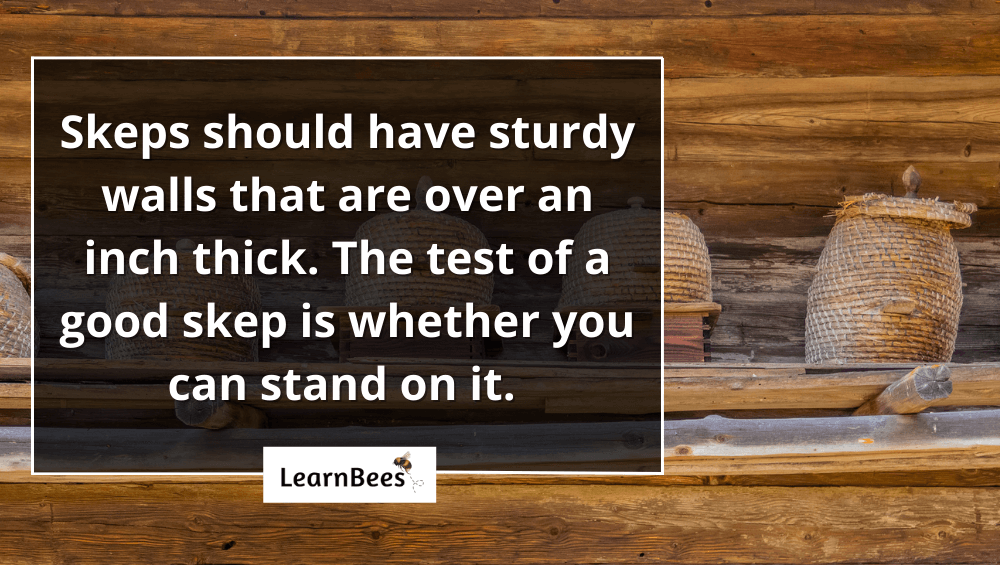
Finding good skep hives online is hard.
Most of the ones I’ve seen are thin, flimsy, and better suited for garden decorations. The sides are about half an inch thick and weak, essentially like a laundry basket.
Not good.
Skeps should have sturdy walls between two to four inches thick.
To take it a step further?
Chris Park, a beekeeper who has a skep apiary in Britain, says the test of a sturdy skep was whether you could stand on it. With that in mind, making a skep beehive can be time-consuming. So read and watch many tutorials online before undertaking this task.
5. Do skep hives encourage swarming?

Skep beekeeping results in more swarming because the skeps are smaller than Langstroth hives. These small hives become crowded, so the bees can swarm several times during the season.
But let me clarify:
Swarming is the natural process by which honeybees reproduce. It’s a sign that the colony is healthy and flourishing.
Swarming happens once a bee colony gets too crowded. As a result, the bees decide to split into two separate colonies. This leads to 50% of the original colony flying away with a queen and finding a new home.
So why do some beekeepers want to prevent this?
For the beekeeper, swarming is a loss. Because when half the colony leaves, it decreases honey production.
Also, if the beekeeper has neighbors, there is a chance that their swarm will end up on the neighbor’s property which can upset them.
That’s why as a beekeeper, you should reach out and get friendly with your neighbors. Provide them with your phone number if they need to contact you for anything to do with bees.
6. Do bee skeps result in less honey production?
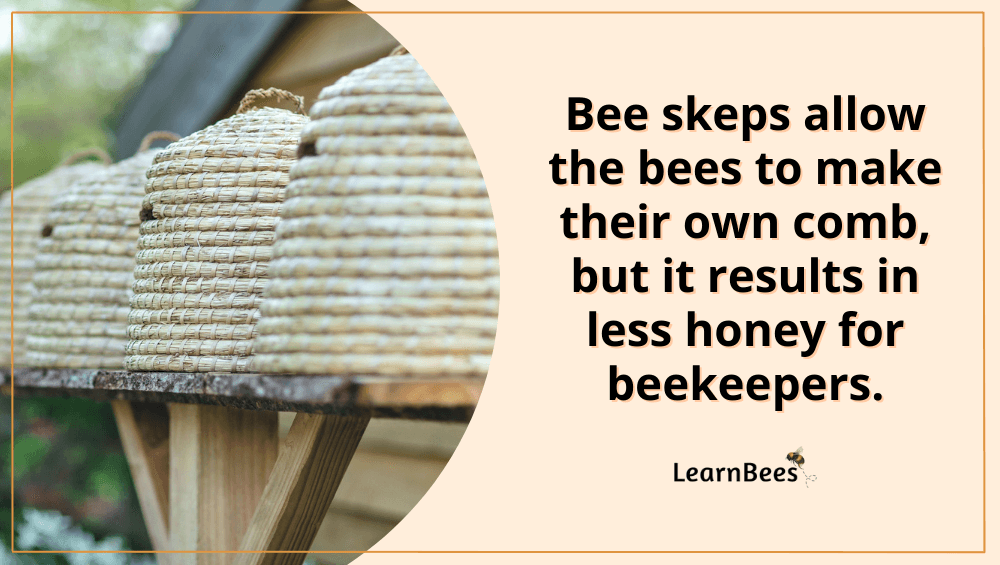
In a skep hive, bees build their own comb. This is ideal because bees prefer making their own comb over using plastic foundations.
But when it comes time for honey harvesting, you’ll have to crush and strain your honey. You can’t use a honey extractor.
As such, the bees need to replace the honeycomb that is taken away when you harvest honeycomb from a skep. To do this, they need to eat more honey, which means there is less honey available for you.
But despite popular belief:
You don’t need to kill or harm the bees to harvest honey from a skep. That was an old practice used in skep beekeeping from the past.
More to Explore:
The Bottom Line on Bee Skeps
It’s fascinating to study how beekeeping has changed over the years. Skep hives provide a stark contrast to the more commonly used Langstroth hives.
They have a lot of pros, including mimicking a bee’s natural environment, which can make for happier and healthier bees.
But there are some cons as well, with the biggest downside being that bee skeps are illegal in many areas because they can’t be easily inspected.
Either way, you can weigh the pros and cons and decide what’s best for you.
More to Explore:

